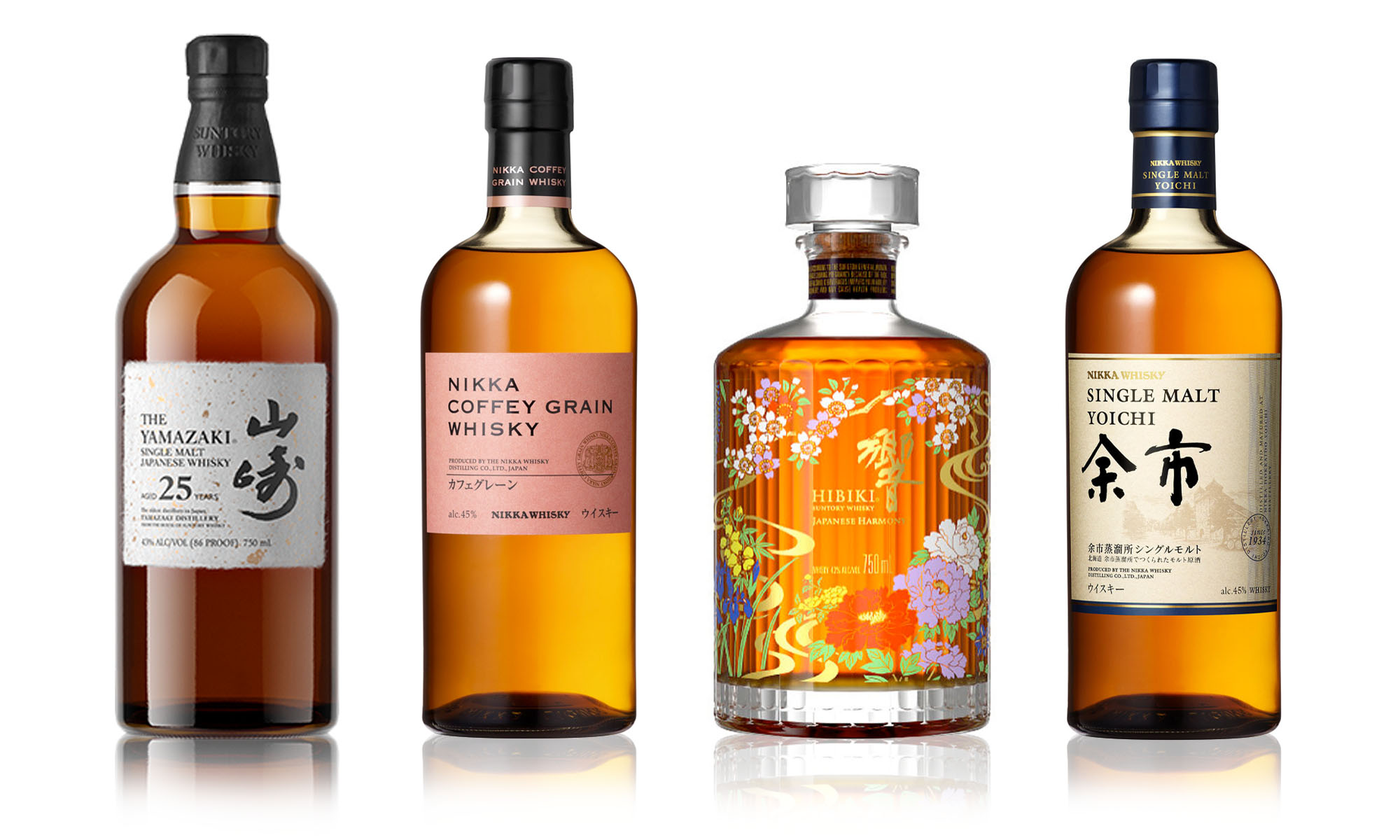Glassware for Serious Whiskey Drinkers
By George Manska
Part 1 – The Rise of the Tulip
Which glass is best for serious whiskey drinkers? It’s complicated, so we’ve segmented the story; Part 1, Rise of the Tulip, Part 2 Ethanol Effects on Sensory Perception, and Part 3, Modern Science Changes the Way the World Drinks. Part 1 follows:
Late 1700s: Sherry trade flourishes. Spanish copita (tulip glass) becomes the “dock glass” for merchants to verify sherry quality on the wharf prior to shipping. Hogsheads arrive in Great Britain for bottling, branding, and resale throughout the world. Sherry, along with the copita/tulip glass becomes the preferred drink of upper/middle class and libation of choice for social and business gatherings worldwide through late 1900s. Tulip is adopted for non-fortified table wines.

Scotch distillers promote tulips because; (1) size is small enough to hold ample serving of high ABV spirits – about 1 ½ oz. (2) existing design, no new product necessary, (3) sherry and wine drinkers have them, glassware shortage or acceptance is not a barrier to scotch sales. Scotch achieves popularity worldwide as a “deal-sealer drink” in business as well as a status symbol for the well-to-do. Scotch is so popular that distillers in India, Japan, USA, and many other countries try their hand at re-creating it, concurrently adopting tulips as their preferred glass.
1960s: Scotch distillers recognize Americans aren’t acclimated to drinking spirits straight, no mixers, ice, or water. Prohibition had unleashed a black market of illegal, dangerous, incompetent distiller products upon the population, and the cocktail was born, using fruit juice, ice, water, soda, to hide foul head and tail cuts and disguise poisonous compounds. The American concept of drinking straight spirits was “unrefined, skid-row bum, dangerous.” Americans developed strong aversion to pungent ethanol.

The European/UK nose traveled a different path. Bars had no ice, cocktails were never a necessity, and straight spirit consumption was a way of life as was the accepted tiny rim tulip. As scotch marketers realize pungent ethanol was a barrier to American scotch sales, procedures to acclimate to tulip concentrated ethanol are taught: (1) don’t swirl, (2) breathe through mouth and nose simultaneously, (3) add a little water, (4) don’t smell ortho-nasally, (5) repeatedly waft aromas toward nose as glass approaches to acclimate. Efforts pay off, as scotch and tulips gain acceptability.

1977: the International Standards Organization issues ISO 3591 Standard – Sensory Analysis Apparatus – Wine Tasting Glass. Nearly an exact copita copy, it’s the only drinking vessel standardized by ISO. Manufacturers, noting similarity to the well-known scotch copita decide to twist application to improve sales and name it the ISO whiskey glass. WSET, International Court of Sommeliers, and many sommelier training programs mistakenly designate their recommended spirits tasting glass as an ISO whiskey glass. Not a single “peep” from ISO is heard.
1980-Present: Glassmakers attempt to penetrate markets with fresh whisky glass styling, yet changes are minor. Bowl heights and diameters remain similar to copita for fear of rejection by spirits industry or consumer. Blindfolded, no one can discern aroma delivery differences between common tulip styles; all concentrate pungent, nose-numbing ethanol. Scotch drinkers everywhere favor tulips because distillers’ blenders (the professionals) use them.

2001: Raymond Davidson, in a stroke of marketing genius, introduces the Glencairn tulip derivative, endorsed by master blenders of the five largest whisky companies in Scotland, wins the Queen’s Award for International Enterprise.
2023 State of the Art: Glencairn is now the iconic identity badge and embodiment of tradition for whisk(e)y drinkers globally, and quickly becoming popular for other spirits. Glencairn is the superb textbook example of well-executed marketing, resulting in overwhelming worldwide acceptance.
Scientific research doesn’t find its way into commercial product design easily or rapidly. The closed scientific journal community continually discovers/publishes new information, and the sensory science field has expanded rapidly in the last 20 years; yet scientific aspects of how we smell, taste, and process flavors are slowly coming to light. As sensory science is recognized, necessary changes become apparent.
Tulip Science Prior to Sensory Science: “Science” is invented to fit tulip shape. Difficult questions create hasty, over-simplified answers.
Q: “Why are tulip rims so small?”
A: “Small rims collect all aromas so none can escape detection.” NOTE: 40%+ of all molecules at the tulip’s rim are pungent, nose-numbing ethanol.
Q: “Why is it so pungent?”
A: “Ethanol can’t be separated, live with it, drinking procedures help to get used to it.” Whiskey drinkers “drink and know things” after decades of worldwide tulip use. Many false, yet commonly accepted beliefs pull us down a path to risky and unhealthy social attitudes. In Part 2, we explore ethanol effects on sense of smell and common social perceptions.









